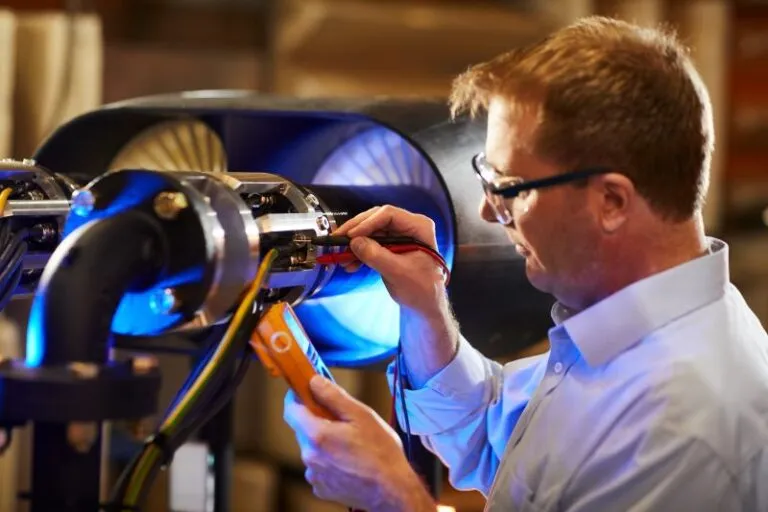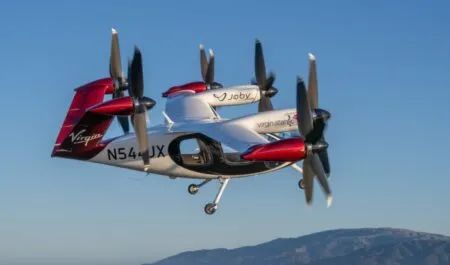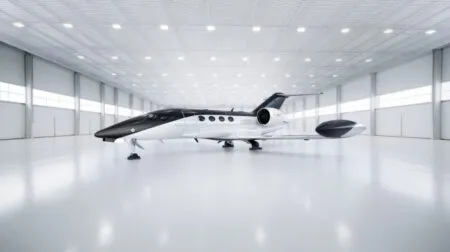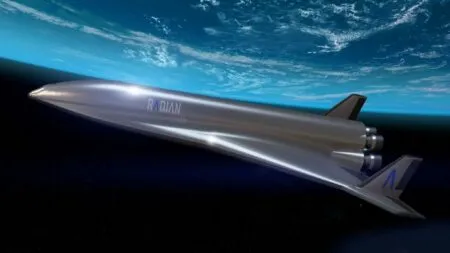RTX has successfully integrated and powered on its Scalable Turboelectric Powertrain Technology hybrid-electric demonstrator during testing.
RTX engineers managed sustained operation of the thermal engine, electrical generator, battery system and propulsors and demonstrated energy transfer between these components through the high-voltage electrical network.
The Scalable Turboelectric Powertrain Technology (STEP-Tech) demonstrator is a prototype powertrain for future distributed propulsion concepts in the 100-500kW class, with capability to scale up to 1MW, suitable for use in next generation aircraft such as eVTOLs or blended wing body airplanes.
“STEP-Tech positions us to offer advanced propulsion technologies that enable greater fuel efficiency across all future aircraft segments, from advanced air mobility to large commercial,” said Juan de Bedout, chief technology officer for RTX.
“These new hybrid-electric architectures are key to our strategy for supporting the aviation industry’s goal of reduced carbon emissions and more sustainable flight.”
RTX has validated the capability of STEP-Tech’s battery system to start the thermal engine and use electrical power produced by the turbogenerator to charge the batteries used to drive the propulsor motors. This follows previous tests of each of STEP-Tech’s system components, including the first engine run at partial power and the electrical system integration test.
All tests were conducted at the RTX Technology Research Center in East Hartford, Connecticut, which features a class-leading 800-volt electrical architecture designed for aerospace applications.
RTX’s other hybrid-electric propulsion programs address a range of future aircraft applications up to single-aisle, including the RTX Hybrid-Electric Flight Demonstrator, supported by the governments of Canada and Quebec, and the SWITCH project, which is supported by the EU’s Clean Aviation Joint Undertaking.





